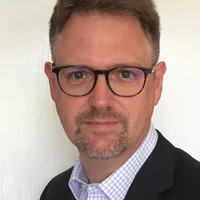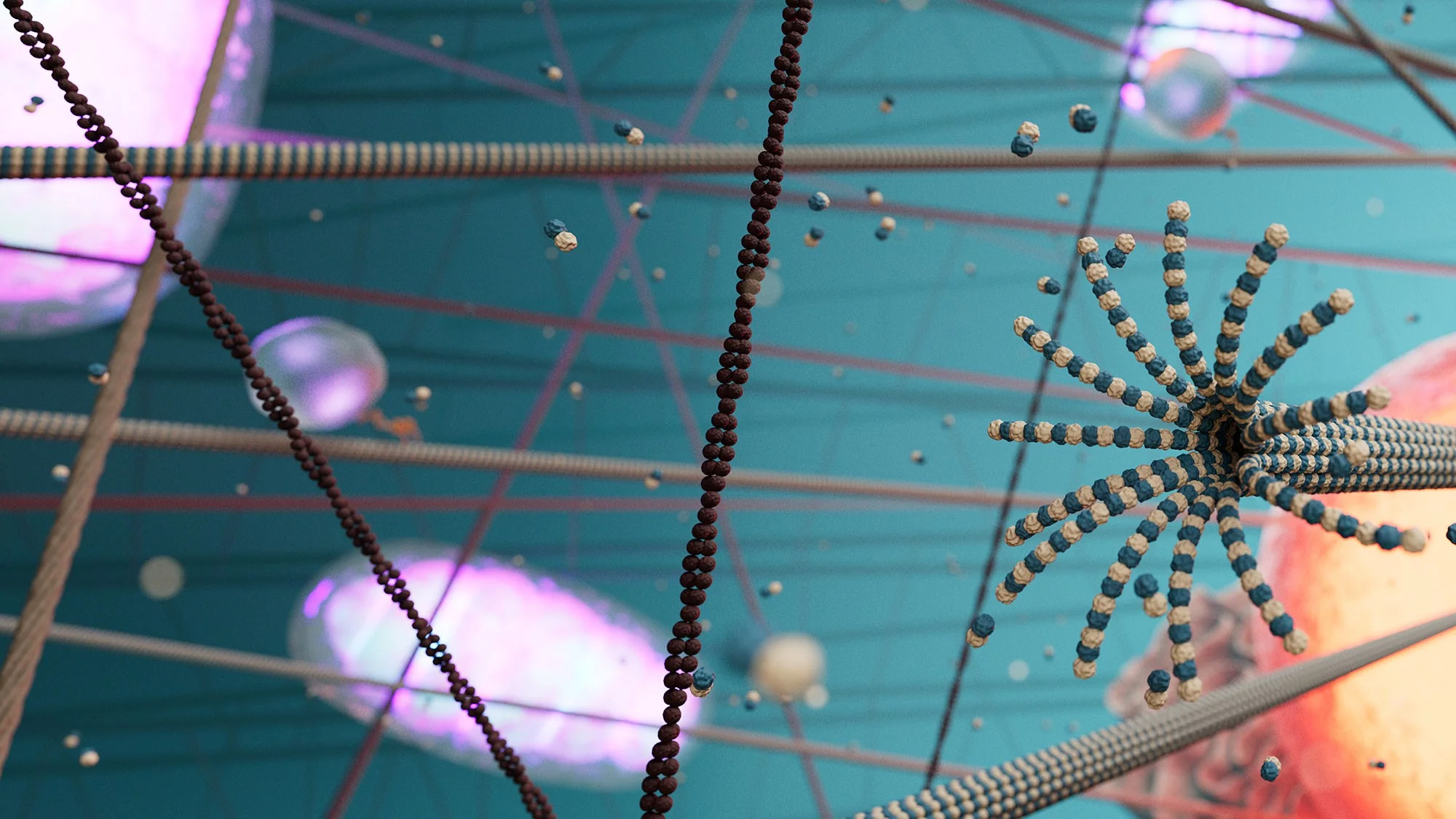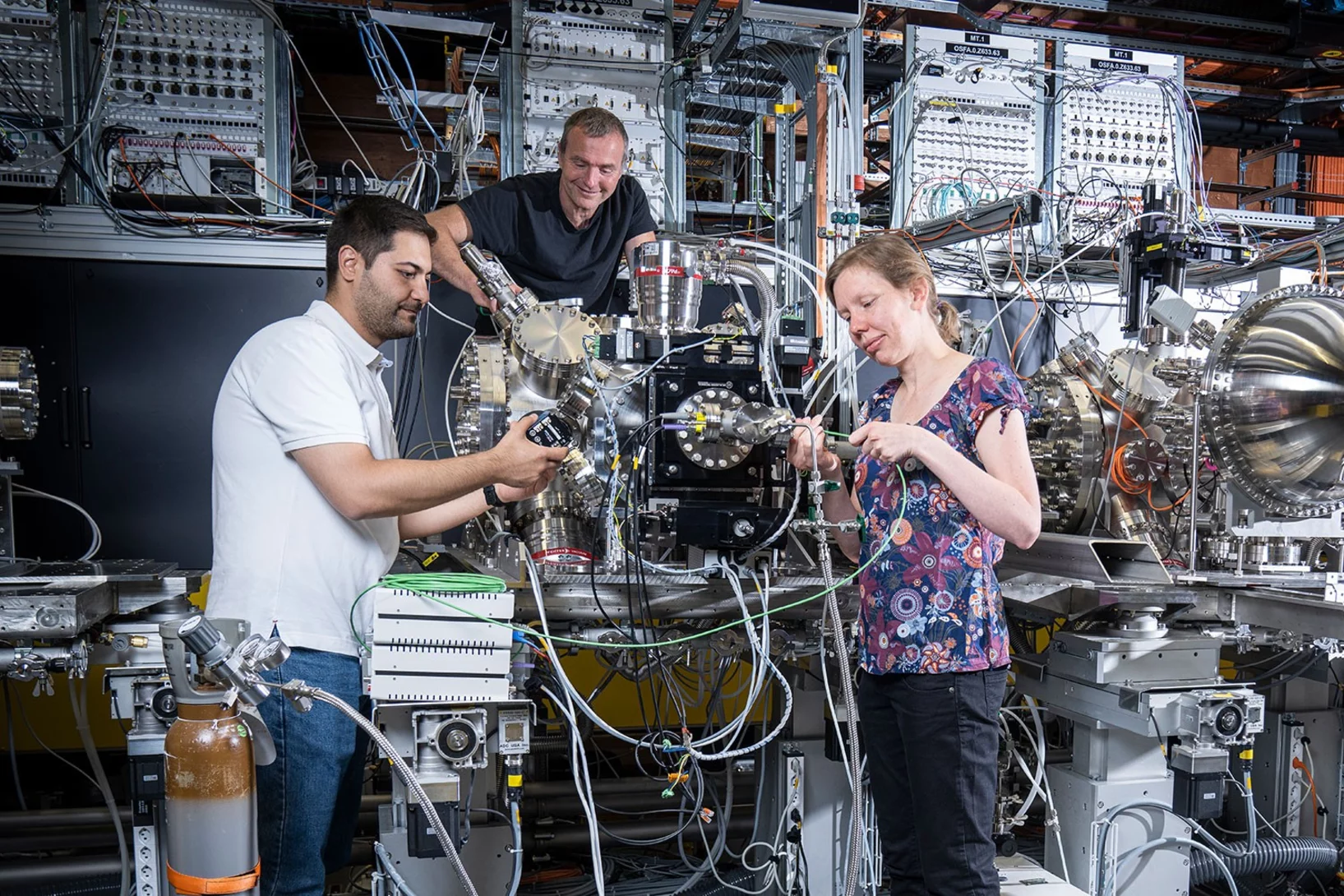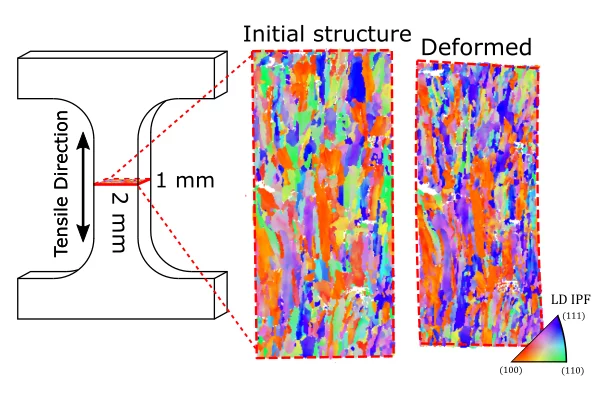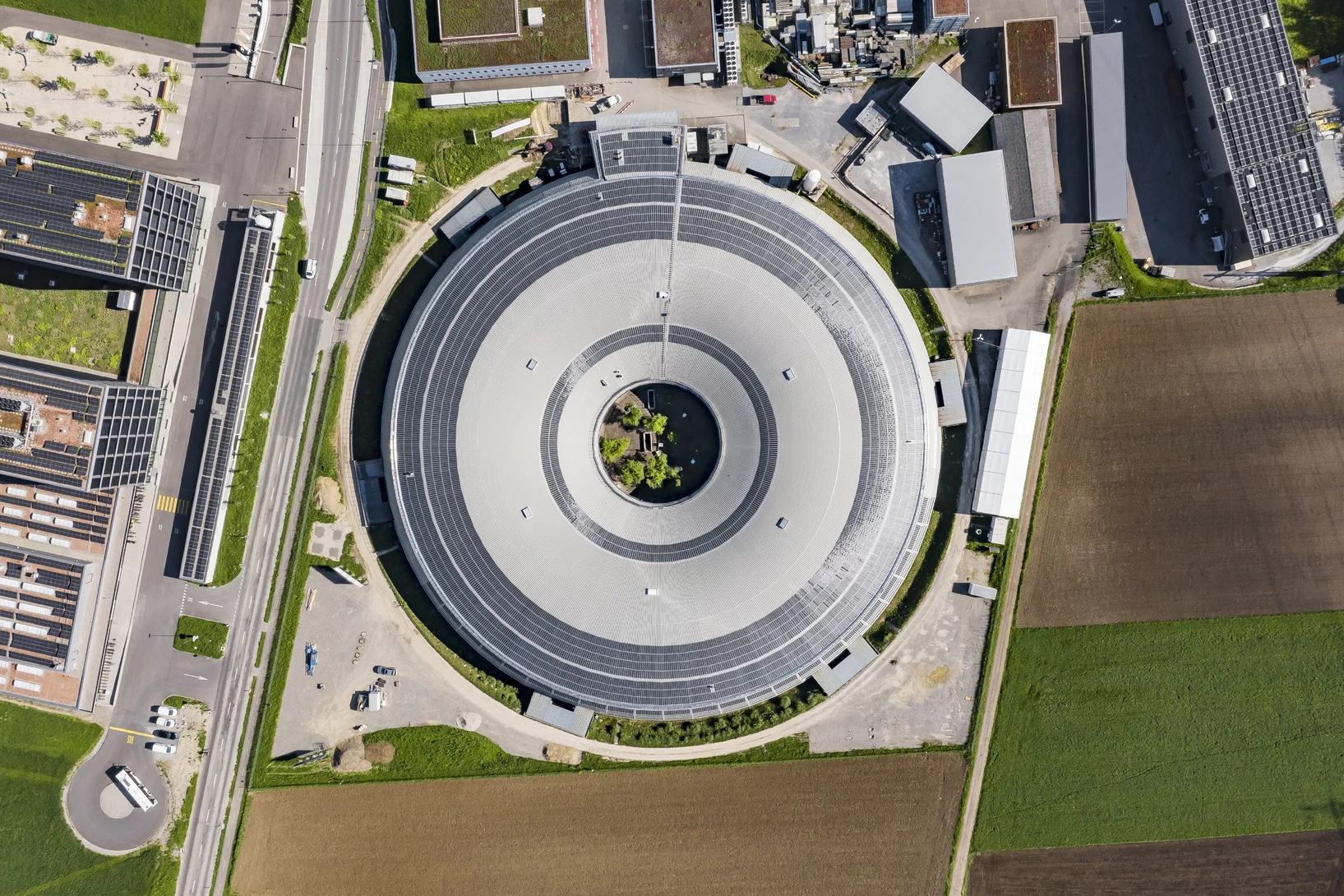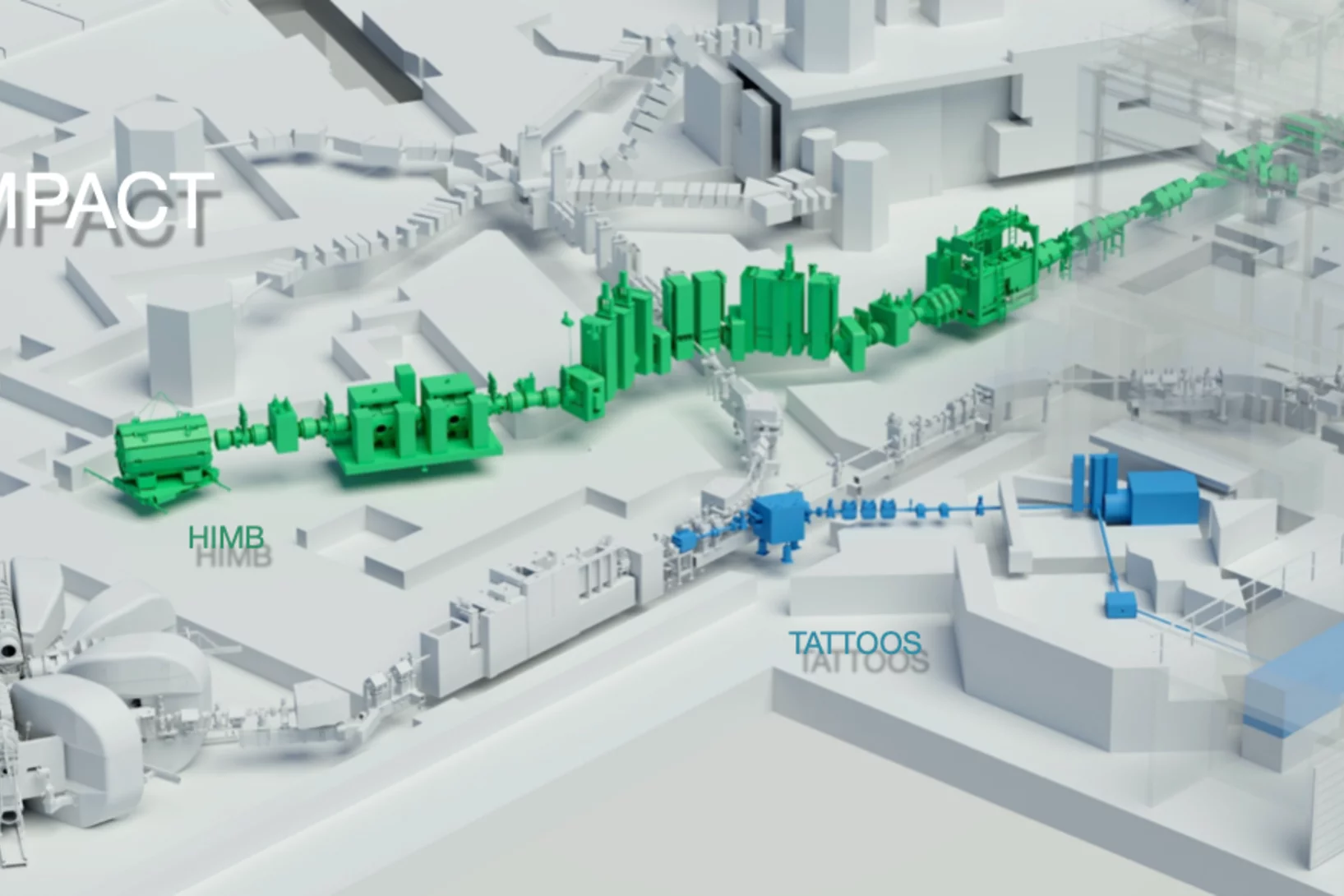With its globally unique research infrastructure, PSI offers unrivalled opportunities for cutting-edge national and international research.
The main areas of research at PSI
Recent highlights from our research
Laser draws made-to-order magnetic landscapes
Researchers at PSI have found a surprisingly inexpensive and fast method to make localised alterations in magnetic materials.
How microtubules take part in cellular signal processing
Researchers at PSI have investigated on the molecular level how the cytoskeleton transmits commands within the cell. Their findings could provide the medical field with new options for intervention in the event of malfunctions within the organism.
Optimising the treatment of eye tumours
The Insel Group and PSI are expanding their collaboration to provide faster and better coordinated access to proton therapy for patients with eye tumours.
Interested in doing research at PSI? Do you want to use our infrastructure for cutting-edge research?
Find out more about our large-scale research facilities and other research centres.
Research Centers & Labs
Our research and service centres conduct internationally recognised cutting-edge research in the natural and engineering sciences and make highly complex large research facilities available to science and industry for their own research projects.
Scientific Highlights from our Centers
Anisotropic Band-Split Magnetism in Magnetostrictive CoFe2O4
Single crystal spinel CoFe₂O₄ exhibits the largest room-temperature saturation magnetostriction among non-rare-earth compounds and a high Curie temperature (T₍c₎ ∼ 780 K), properties that are critical to a wide range of industrial and medical applications. Neutron spectroscopy ...
Hydrotalcite-pyroaurite solid solution in cement system...
Wang et al., 2025
Hydrotalcite-pyroaurite solid solutions, which are common minerals both in nature and in modern cementitious materials, hold significant potential for waste immobilization and cement properties yet remain insufficiently studied. In this work, we first synthesized a series of hydrotalcite...
Following Twin-Formation in 3D Printed Steel
Using hard-xray microscopy to study the deformation of 3D printed steel.
